THE HIDDEN LIFE OF TREES (1970)
People have talked a lot about what an amazingly fully-formed and confident debut ‘The Hidden Life Of Trees’ was but what is often forgotten is that I’d been around the block more than a few times by this point. I’d been learning my trade playing in folk clubs since 1965 and come out of the psychedelic era slightly bruised, when the sessions for Magic Rug’s debut album had disintegrated. In spring 1969, I wound up in a house in Ladbroke Grove, London. I have no idea how I wound up there, as I was living near Chesterfield at the time and working part-time in Debenhams. There was a coven living downstairs in the building and I was upstairs, drinking too much tea and taking what had become a dangerous amount of baths. Jack Bruce, formerly of Cream, came over one day and called me a “c***” entirely without provocation. It had only been six months since Magic Rug disbanded but already we were less than a footnote to the north Midlands flower power scene. “Who am I?” I asked myself. “I’m just some guy who fronted a band who once played third on the bill to Ten Years After.” Figuring I had nothing to lose, I hitched to North Wales and it was here, in a community of free carpenters, that I met Sitka. From the point that I saw her formidable strong-jawed German visage coming towards me from beneath the mystic boughs of a gnarled yew tree, everything changed. I won’t say Sitka was actually the creative brain behind ‘The Hidden Life Of Trees’, although she did write all the lyrics and all the music. I’d originally wanted the album to be credited to ‘Tom & Sitka’, but, typically self-effacing in her mysterious German way, she was having none of it. She’s actually in the full version of the above photo, sitting on the ground next to me, naked save for a light, sequinned shawl, but, on her request, has been cropped out. She was so large that, even though I’m fairly tall myself and she’s sitting down, her head came up to an inch below my shoulder. I remember the feeling of achievement when the album’s final track, ‘Face In A Tree’, was cut, and, on our last ever encounter, the way Sitka gently placed two fingers on my brow, as if imbuing me with magical artistic power from then on. “Go!” she told me. “Where?” I asked. “Anywhere,” she replied. “Find the true you. Be free. You should not be trammelled. And, besides, you have minimal carpentry skills and are not really offering us anything of value here.”
PSYCHEDELIC HEDGE GODS (1970)
It is an odd and some would say uncertain feeling, knowing that your career has been kicked off by an album entirely written by a six foot five German carpenter who summarily vanished off the face of the earth, but everyone needs their lucky break, and from that moment Sitka gently touched my head, for at least a year, everything came very easily to me. I felt less like I was writing songs and more like I was pulling them out of the clouds. You can hear it strongest I think on the second track here, ‘I Wish I Was A Herb’, and the final, dappled crescendo of ‘Wood Anemone Suite’ which takes up the entirety of side six of the record: that amazing coming together of environment, a one-off special era and personal inspiration. I argued against the idea of ‘Psychedelic Hedge Gods’ being my best album for a while but I think that was just stubbornness – my perennial unwillingness to pander to populist belief. Now that the dust has settled, I can see it was my finest work. Yet it’s still associated with many myths, which I often have to put people straight on. ‘Carole’ is not about the affair I had with Carole King during the summer of 1970, as is widely believed, but about a chicken I used to own of the same name at my Devon farmhouse. I did not, as has often been said “shoot and cook all my own meat” while making the album, and was actually living as a vegan for the entire two weeks of its recording. The legend that the cover photo depicts me looking up to the Pagan God referenced in the opening track ‘Barleycorn Our Saviour’ is also nonsense. The photo was taken in a park in Sidmouth, where a couple of very annoying children were playing near me. The rays of the sun were a combination of a happy accident and the great timing of the photographer Mick Rock, and my expression is a result of my exasperation at the children. “Barnaby, Barnaby!” I can still hear one of them saying. “Look at me. I’m a helicopter!” He was a right little twat.
MIND CHURCH (1972)
My bad trip album. The trip, in this case, being to Norfolk. The front cover, where the church is above my head, was shot outside the church in the village of Happisburgh and was a source of some rancour. I wanted to use what became the back cover shot as the front cover and call the album ‘Man Witch’ but my record company, Capitol, preferred the other shot and the title ‘Mind Church’. “But the other photo is much better,” I argued. “And all the songs on the album are about being a man who is a witch!” “Yeah, perhaps, but you have a church coming out of your head on the other one, which is really cool!” they replied. For me, it’s just another example of the negative vibes surrounding the album, which – along with the fact that my A&R man was sleeping with my then girlfriend – led to its very spiritually alienated, sparse, lo-fi ambience and anti-corporation lyrics. ‘Mind Church’ was generally perceived to be a career-killer back then but over time it’s gained a new fanbase, being surprisingly cherished by young poets, reformed religious zealots and people who are quite interested in looking like a monk but without any of the trappings of a monkish lifestyle. An original vinyl copy has been known to fetch as much as £360 in recent years. It is interesting what the cobwebs of time can do to an album sometimes. ‘Empty Cauldron’ – the record’s most compiled and celebrated track – has been described recently by The Quietus website as “A haunting, desolate Pagan folk anthem of the first order.” At the time it probably just sounded like a song written by somebody who was slightly irritable.
BACK TO THE FARM (1974)
“Tom Cox has fallen down a steep creative canyon since his 1970 debut album ‘The Hidden Life Of Trees’,” wrote Rolling Stone in their crushing review of ‘Back To The Farm’. “Back then, with his inspired, vibey eco rock, Cox could have convinced all of us to leave our conventional lives behind and exist solely beneath the natural canopy, but four and a half years on he comes across a hayseed nomad who is less searching and more lost: one part scarecrow Rod Stewart, one misguided part blue-eyed soul dweeb, one part all the bits of the first Paul McCartney solo album that nobody liked. The pseudo-‘Pet Sounds’ sleeve photos say it all: this is a man who has lost all sense of who he is as a songwriter, and is clinging weakly to seminal sounds and images created a significant amount of time ago by individuals four or five songwriting divisions above him. I doubt Tom Cox even lives on the farm on the cover, or has ever lived on a farm in the past.” I claimed not to have read the review at the time but in reality I obsessed over it, and each word stung me very hard, leading to a fortnight where I took more baths than at any point in my life previously. What hurt most were the elements of it that I knew to be stone facts. Depressed at the reception of ‘Mind Church’, I had experimented misguidedly with rustic soul, which was made even more thin by a production that could best be described as “proto-Nik Kershaw”. If on ‘Psychedelic Hedge Gods’ I’d felt like I was pulling songs from the clouds, now I felt like I was reaching for them in some shit attic, from which heavy boxes full of cheap tat kept falling on my head. And then there was the painful truth about the cover: I did not live on the farm in question; it was owned by my friend Alan. I did, however, later work on it, having been desperately in need of cash, due to the record’s abysmal sales figures.
FELINE DISAGREEMENT (1975)
Just a really awful, dark time in my life. I would rather not discuss this record, or its ill-starred cover shoot.
CHILDREN OF THE CROWS (1976)
To me, there is a very significant difference between “goth” and “gothic”. For example, I see this album as gothic, but very definitely not goth. At the same time, if bands like The Mission and Sisters Of Mercy want to cite it as an early blueprint for their sound, as they did a decade later, then that’s fine by me and my bank account – as, also, was the moment a couple of decades later when My Chemical Romance’s Gerard Way listed it among his top five albums of all time. What I actually see ‘Children Of The Crows’ as is an upbeat country funk album but one which just happens to have a black and white cover, background looped echoes of church bells and a song suite about brain-eating dogs. I admit I was still coming out the back of the unlistenably bleak ‘Feline Argument’ here but listening back to this I can hear a new euphoria burgeoning too, especially on tracks like ‘Great Day For A Sacrifice’ – it’s the sound of a man stepping out of the shadows and shaking off his demons. The jackdaw on the cover was called Jimmy, by the way, and lived a long and happy life, finally expiring quietly in his sleep in 2004. I do feel a bit bad for stealing him from his mother’s nest but can reassure myself that I gave him a more lavish existence than she would have ever been able to offer.
ALL THAT CLITTERS IS NOT GOLD (1978)
My comeback album. Everything about the making of ‘All That Clitters Is Not Gold’ was a pleasure, including its cover shot – of me sitting on some of the titular clitter – which was taken by Justin Hayward of The Moody Blues. The reason I’m grinning is because Justin has just told me a really good joke about curly kale. Justin didn’t play or sing on the album but the upland country walks we took together at the time were a major factor in my inspiration as a songwriter. “I have this old song I was going to use for our ‘A Question Of Balance’ album still kicking around,” Justin would say to me. “To be honest, it’s absolutely great, a real 10/10 tune, but I always felt it was a bit edgy for us. I know you’ve been struggling, so you can have it if you want.” But I’d always politely decline. “You are immensely kind, Justin,” I’d tell him. “But I need to do this one all by myself.” With hindsight, I’d been too ambitious with my flawed mid-seventies albums, tried to go all out and reinvent the wheel, attempting to be several things at once and falling dizzily on my face. With ‘All That Clitters Is Not Gold’, I tried a different approach, operating within modest parameters, without overreaching, but also hoping to complete my small mission as well as possible. In short, what I set out to do was make the best thirty minute album of Dartmoor-themed line dancing songs of all time, and that’s exactly what I did. I believe that, even to this day, you will not find a better example of the genre. Even when I seem to take the topic away from the moor here, I always make sure I meld it to a tune that’s great to line dance to, and skilfully return to the main topic. You’ll hear a good example on ‘Sitka’s Moon’, where I sing “Your mysterious face so clear and healthy, it could have had lichen growing on it” and then the repeated refrain that closes ‘Tania’: “You scowled at me like a blasted windy heath.” ‘Tania’, by the way, is the second song with a woman’s name whose central subject is often misinterpreted by my listeners, being not actually about Tania my beloved sheep from the cover of ‘Back To The Farm’ but Tania my girlfriend who ran off with the A&R man.
Read my latest book and the one before it.
Take out a voluntary subscription to this site.
Listen to some real music from the 1970s on my radio shows.
Listen to some real music from the 1970s on my radio shows.

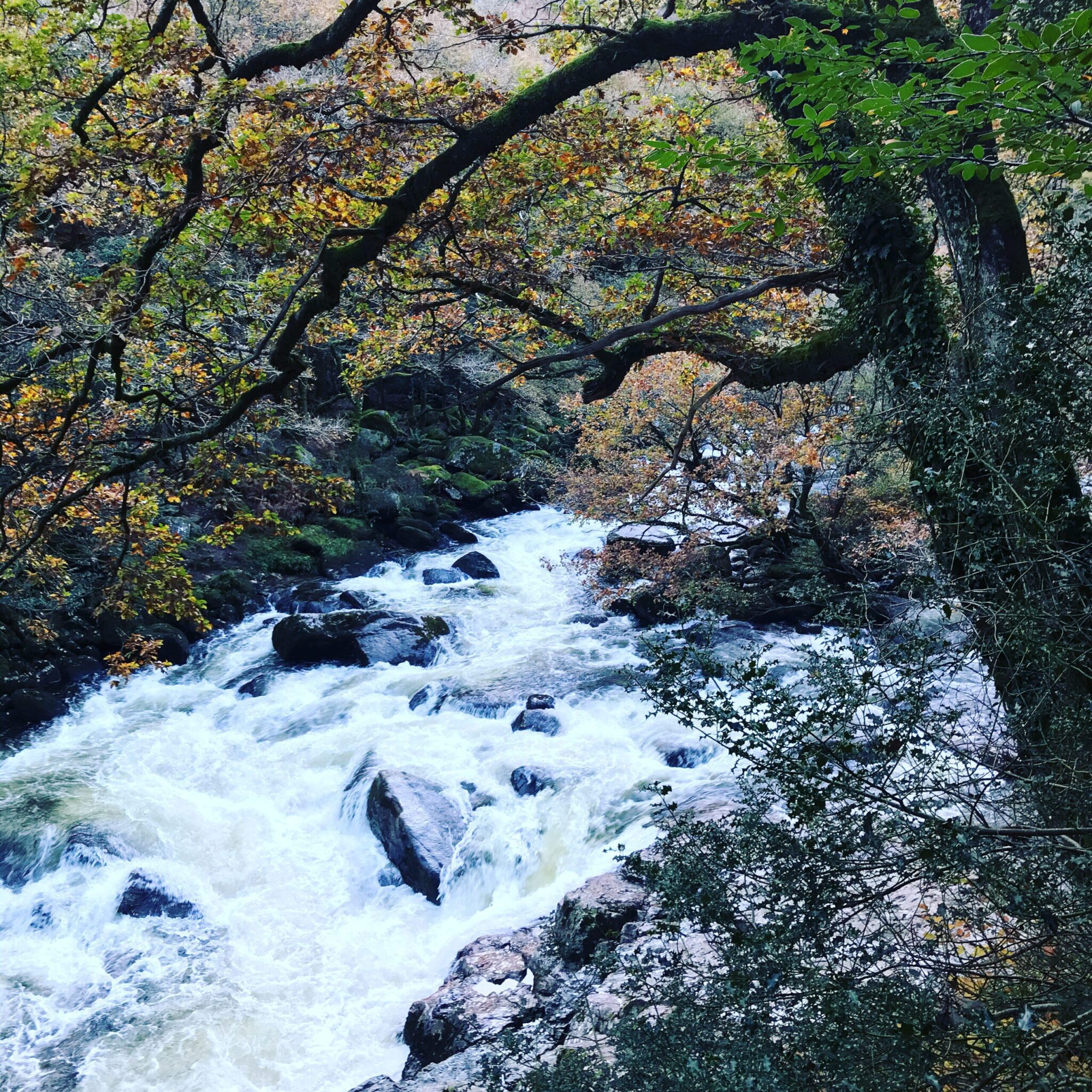

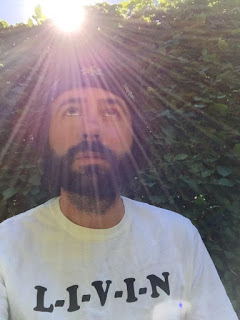

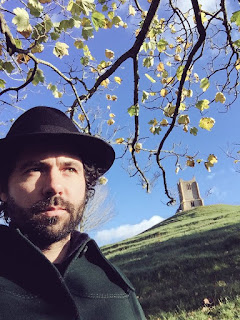
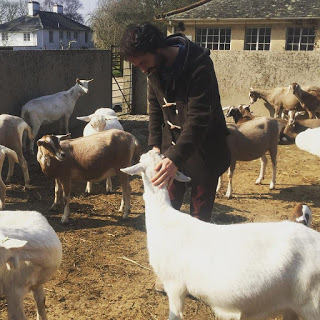
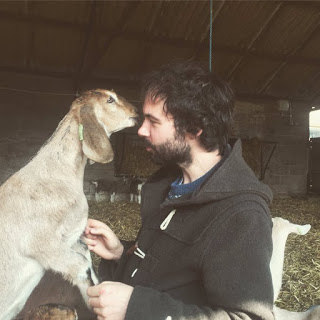
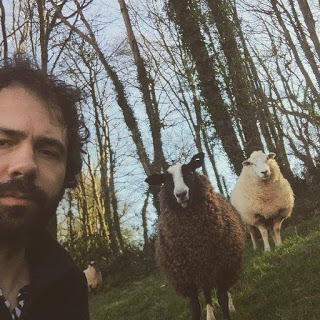
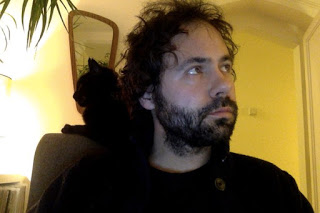
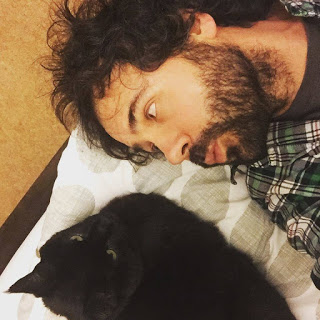
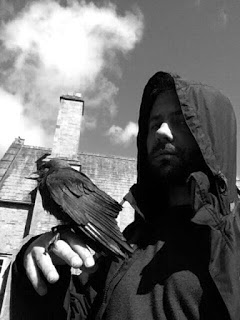


Oh, this is great! Very creative what you did with your various pictures and your music reviewing skills. Lots of good laughs.
1) This is marvellous
2) The way you didn't age at all in eight years of occasionally traumatic music-making is a wonderful testimony to the healing power of bracing winds and cats swearing at you
3) There is a typo in the Back to the Farm section: "now I felt like I was reach for them in some shit attic" reach>reaching (someone else may already have told you about this – I noticed another typo that disappeared when I refreshed the page!
Thankyou.
Oh, God, Tom, I'm howling here. My stomach is hurting from laughing!
We have clearly read a lot of the same album covers and articles……
Thank you for this ???
A grouchy day until I read this. How much more interesting it is than the overblown (words are leaving me) shouting? that goes on in the MUSIC INDUSTRY. You are something else.
I love the bit about being quite interested in looking like a monk but without any of the trappings of a monkish lifestyle…..
Was wondering whether if you made these album covers up and put them in a retro shop somewhere would someone think they were real and buy them? I suspect so.
A good laugh – thanks.
I will gladly use my wayward graphic design skills to make these into album covers if you ever want to go the full jackdaw. I LOVE your sense of humour, and your writing just reminds me of what Michelangelo supposedly said about sculpting – you chip away until you're left with only the words that are supposed to be there.